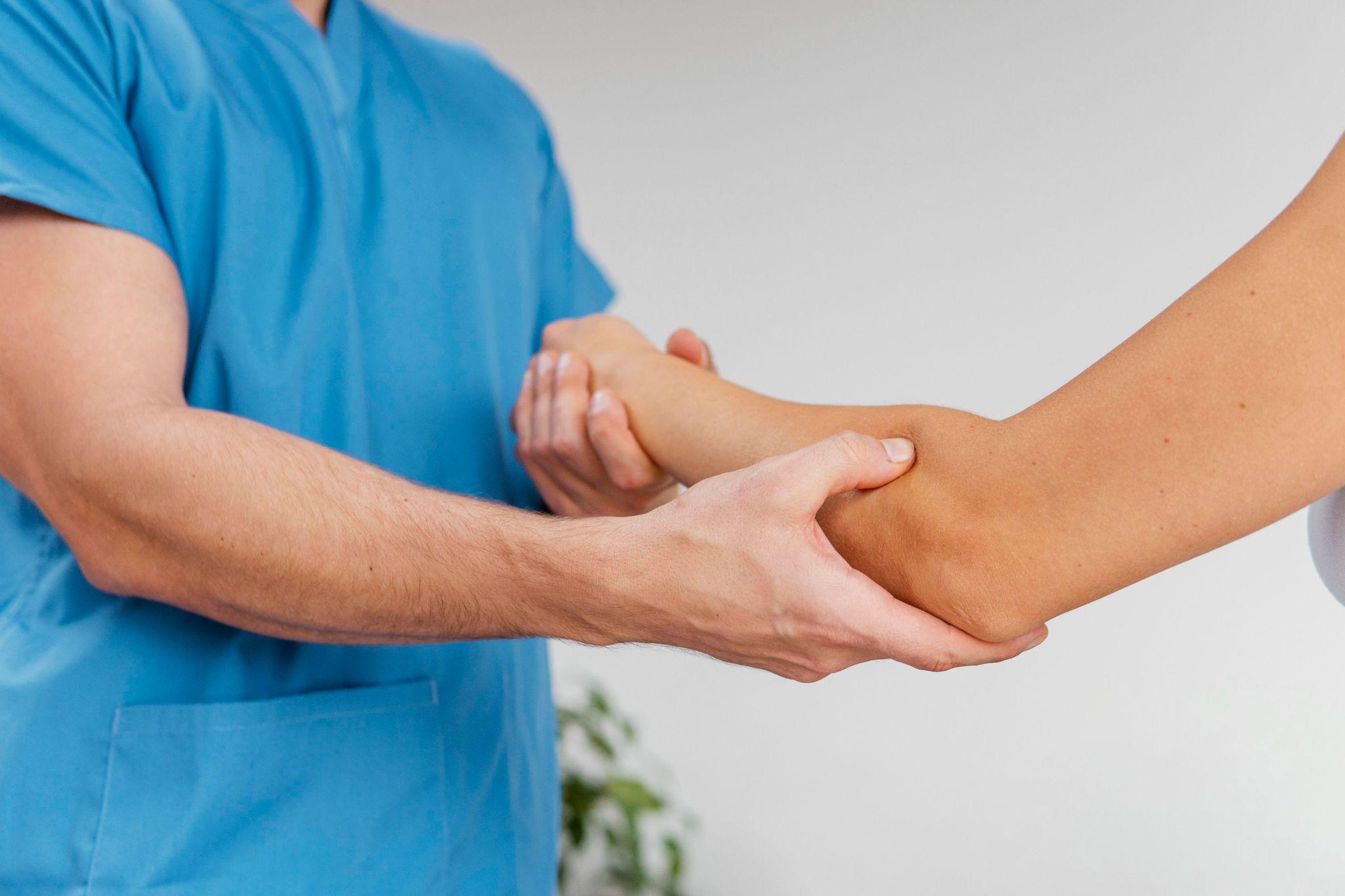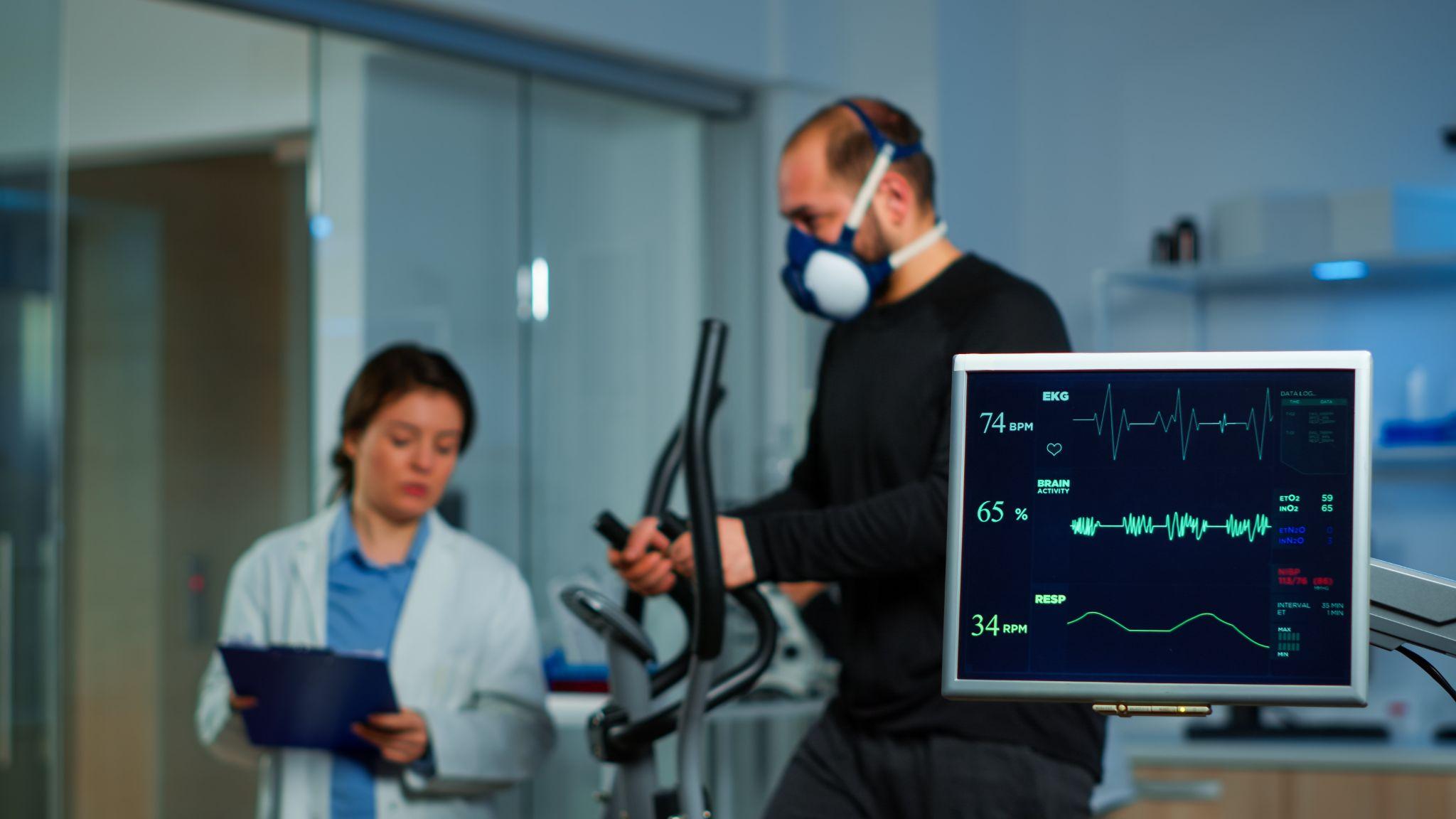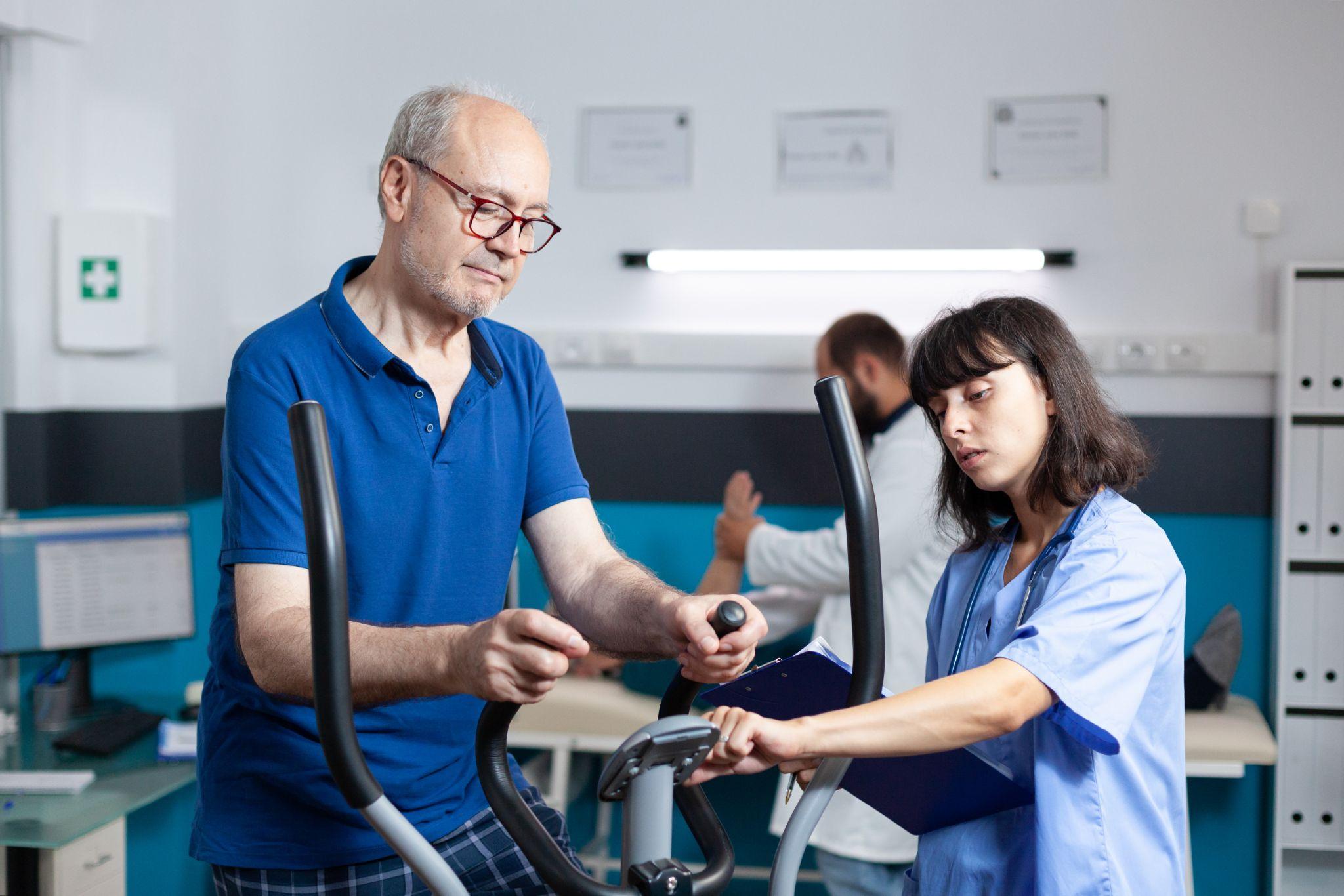The Role of Navigation Systems in Joint Replacements

Navigation systems in joint replacements use advanced computer-assisted technology to guide surgeons in achieving precise alignment and positioning of implants.
Joint replacements have really improved lately. Whether it's your knee, hip, or shoulder fixed, these surgeries can help you move freely again and ditch that constant pain from arthritis or an injury. Old-school joint replacement methods mostly relied on the surgeon's skills and what they could see. But even tiny errors can mess with how well your new joint works.
That’s where navigation systems come in. Think of them as a GPS for the operating room. They guide surgeons in real time, showing them exactly where to put things and cutting down on guesswork. These systems add computer precision to what the surgeon can do, helping to make sure everything is spot on.
What Are Navigation Systems in Joint Replacement?
Basically, navigation systems are like computer tools that help surgeons perform operations with more control and accuracy. They have fancy cameras, sensors, and software to map out a 3D copy of your bones and joints.
During the operation, this system keeps tabs on where the tools and bones are, showing everything on a screen. The surgeon can see the exact angles and how deep to go before putting anything in. No more just guessing! This way puts data to work in the operating room, cutting down on mistakes and helping make surgeries successful for a longer time.
How Navigation Systems Work?
It starts before the operation. You get a scan, like a CT or MRI. This makes a map of your joint. That map goes into the navigation software.
Once the operation starts, small things are stuck to your bones. The navigation camera watches these and sends the information to a computer screen. The system then gives advice, showing the surgeon how to change angles and where to put things.
This means every cut and every placement is very accurate. You get a joint that moves like it should, feels solid, and lasts.
Good points of Using Navigation Systems
The best thing about using navigation systems is how accurate they are. Surgeons can put things in place perfectly, which means you'll be more relaxed and it will work better after you heal.
But that's not all:
- Fewer problems: The chance of things going wrong is much smaller.
- Better results: Things that are put in the right place move better and last.
- Heal Faster: Smaller cuts and better placement usually mean less damage and faster recovery.
- Treatment just for you: Your body is different, and navigation systems let surgeons do what's right for you.
Basically, they take guessing out of the picture and add precision.

These systems improve surgical accuracy, ensuring the artificial joint components are placed in optimal orientation for function and longevity.
Navigation Systems vs. Regular Joint Replacement
Normal joint replacement surgery depends on the surgeon's skills and what they can see. A lot of skilled surgeons do great, but there's always a chance of mistakes.
However, surgery with navigation adds some real-time help from a computer. It gives information on angles and distances, making everything more consistent.
People who get surgery with navigation often say:
- Less pain afterward
- Heal faster
- Less likely to need another operation
For surgeons, it means easier planning and more confidence during the operation.
Where They're Used?
Navigation isn't just for one kind of surgery. Now it's used everywhere:
- Knee Replacement: Helps get your leg straight and balanced.
- Hip Replacement: Makes sure everything is lined up right.
- Shoulder Replacement: Helps put the cup (glenoid) in the right spot so you can move your arm better.
- Other Stuff: They're checking it out for spine, ankle, and elbow surgeries, too.
This shows how important navigation systems have become.
What's Next?
The future of joint replacement will probably have navigation systems with robots and computer smarts. Robots are already helping out in many hospitals.
We expect the computer to look at patient information, guess how things will work, and help surgeons plan every little bit. Soon, we'll also see something called augmented reality (AR) in the operating room. Surgeons can see the 3D joint model right in front of them while they are working.
These things will make surgeries even better and safer.
What Patients Think
Most folks getting it, aided surgery, feel safer. It's comforting to know your surgeon is using computer data to help them.
Patients who get joint replacement with navigation often feel:
- Less pain
- Back to normal faster
- Better joint movement
- Happy with how it went
Testing on bodies' backs this up. Patients are getting techniques to recover quickly and have fewer problems.

Navigation technology enhances reproducibility, meaning consistent surgical outcomes across multiple patients and procedures.
Conclusion
Navigation systems have changed joint replacement surgery. By mixing computer help with what surgeons know, these systems make sure everything is accurate, works well, and helps you heal faster.
As things get better, maybe procedures will become how things are done in surgery. If you're thinking about getting a knee, hip, or shoulder replacement, navigation could mean more comfort and an active life.
Frequently Asked Questions
What is a navigation joint replacement?
It's when the operation uses computer technology to help surgeons put things in the body.
Is a navigation operation better than another operation?
Yes, it is accurate, and there are fewer problems, and it works better for a longer time.
Should we take more time or not?
A little bit longer, but it has a perfect result.
Is the navigation operation safe?
Yes, it's complete safety when done by surgeons who know how to use the technology.
Is navigation operation the decision of?
Most patients can, although the last decision depends on your judgment.